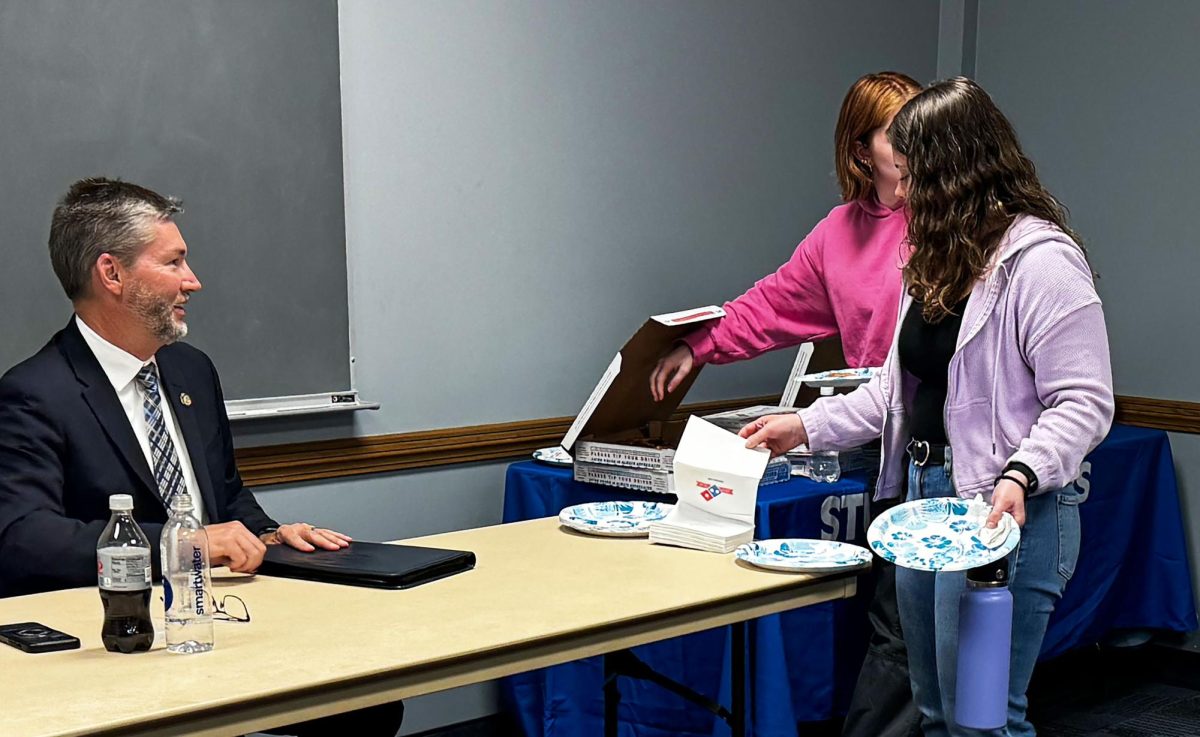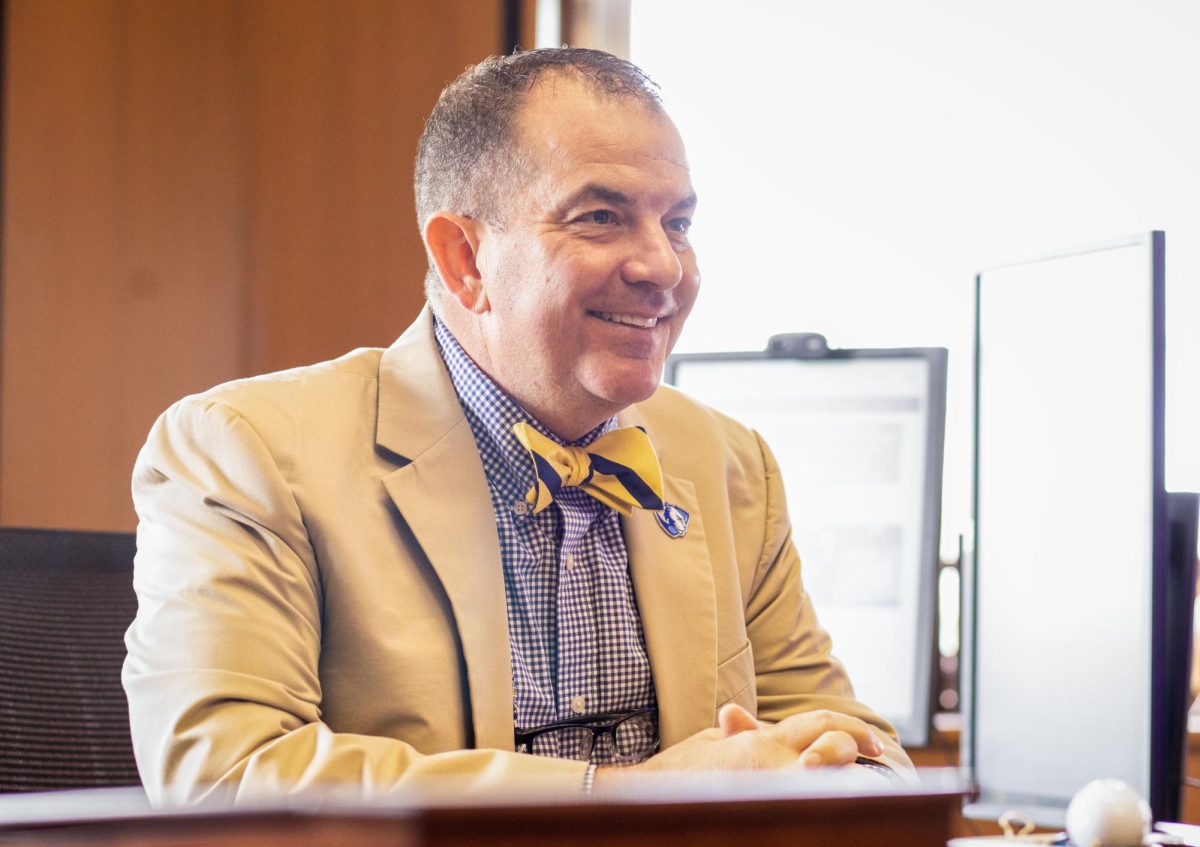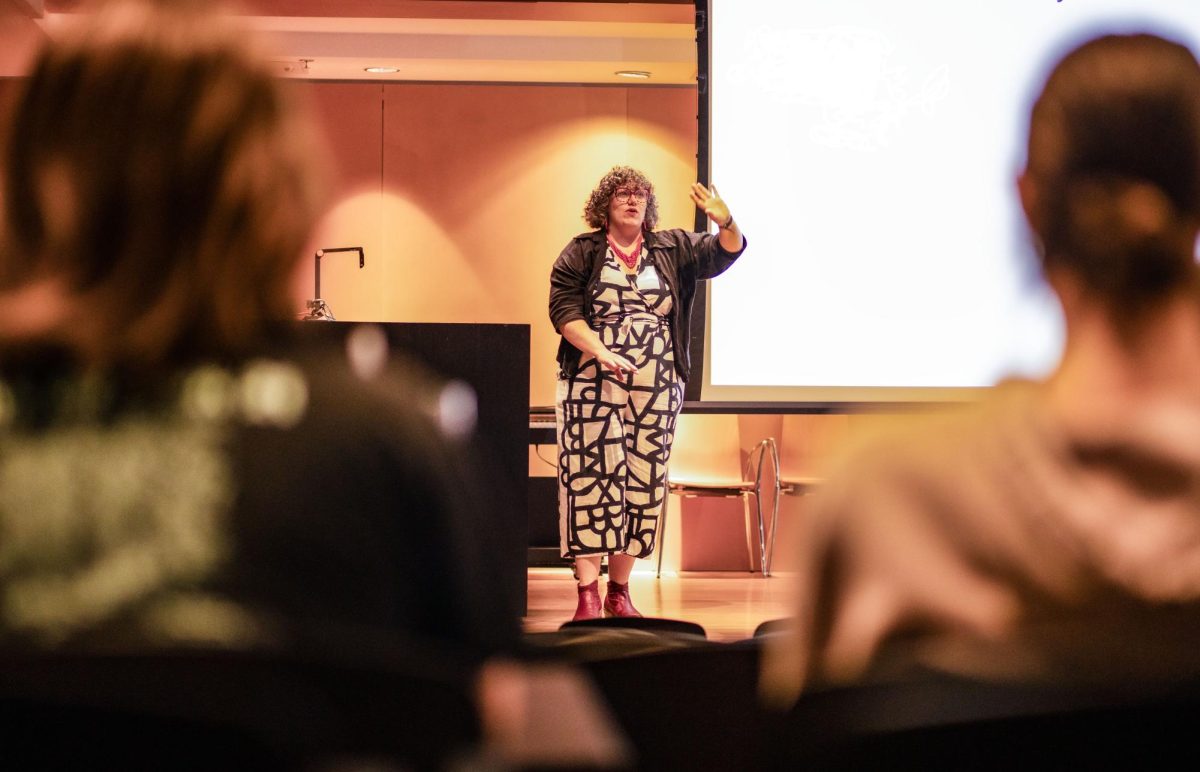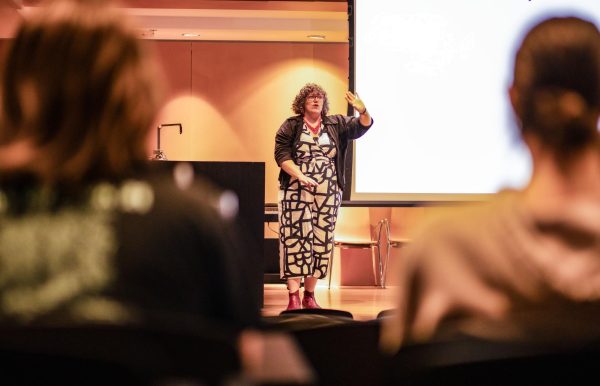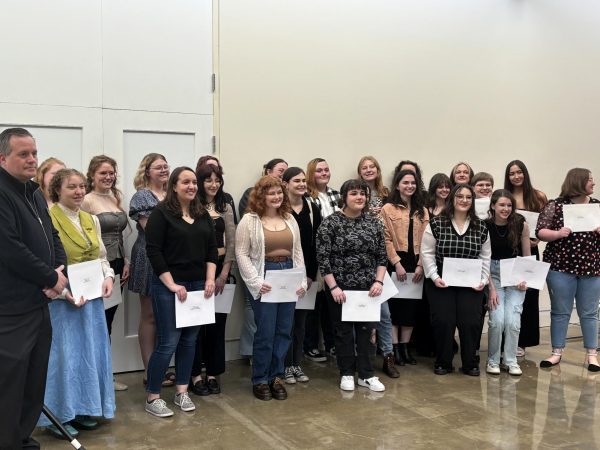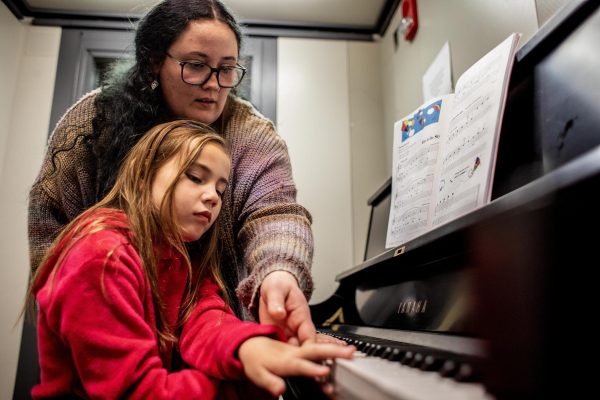Eastern enters initial stage of strategic planning effort
The initial plans for Eastern’s new strategic planning effort were unveiled to the Council of University Planning and Budget Friday.
Both President Bill Perry and William Weber, vice president for business affairs, spoke on behalf on this new effort.
Now in its beginning stage, the university is asking for volunteers (both student, faculty and staff alike) to help with the steering committee that will drive this effort.
Perry said his goals for a strategic planning effort originated when he first came to the university, consulting broadly with members of the community over fundamental values and sustainability.
“There’s momentum and direction, and we’ve made a lot of progress,” Perry said. “It’s timely to determine what the university needs to do as an academic and financial institution – it’s not a reorganizing of the university and it’s not a resizing. We need to look at how we’ll contain and enhance the Eastern experience.”
Both Perry and Weber emphasized that this effort is not related to the master plan, which focuses on campus facilities and maintenance. This approach will focus on academic programs and university sustainability.
Patrick Sanaghan’s Collaborative Strategic Planning in Higher Education will serve as the guide for the process, Weber said.
He added the target for the steering committee is 24 members, with the majority being faculty.
The first phase of Sanaghan’s process includes organizing the steering committee and facilitating training and discussion techniques for members, Weber said. Members of the community can fill out a membership inquiry until Jan. 17.
Weber said he hopes the committee will have a diverse variety of opinions.
“We do not want a steering committee with a bunch of rubber stampers or ‘yes’ people,” Weber said. “For the steering committee to be successful, it’s good to have a couple of skeptics.”
Once a steering committee is in place, Weber said the next step will be to develop a timeline for the group and begin gathering data. A substantial part of this process will be to involve on and off-campus groups in discussions, he added.
After data is collected, the group will review the results of those discussions “and try to pull out five to 10 basic strategic themes or priorities that will be the focus of our plans,” Weber said.
The steering committee will be charged with writing a concept paper outlining the important aspects of each individual objective.
The next step will be to share the concept papers with all members of the committee.
“We’ll try to determine a shared vision of what the university will look like 10 years from now,” Weber said. “We want a shared vision for the campus and to create a new vision statement.”
The final stage of the process involves moving onto the three to five strategic goals with the most priority. The end goal of determining these objectives is a 10-page proposal to take to the Board of Trustees to approve at their January 2012 meeting, Perry said.
Weber said he believes the effort will be successful in generating discussion and campus improvement.
“I highly endorse that this approach is highly collaborative,” Weber said. “It’s a process that’s going to bring the views of the campus community forward — I’m excited about it.”
In related business, the Vice President for Business Affairs subcommittee reported that the university has received $500,000 from the state for fiscal year 2011.
“We’ve received some money but not as much as we requested,” said Adam Dodge, VPAA subcommittee member.
Shelley Holmgren can be reached at 581-7942 or [email protected].
Strategic Planning Timeline
Oct. 2010 – Jan. 2011 – Phase One: Steering committee of approx. 24 members appointed
Feb. – May 2011 – Phase Two: Data gathering and engagement with groups in the community
June – August 2011 – Phase Three: Identifying and developing strategic objectives for the process based on the research collected
Sept. – Oct. 2011 – Phase Four: Concept papers are written and dispersed throughout the group and three to five objectives are chosen as priority
Nov. 2011 – Jan. 2012 – Phase Five: Committee writes a 10-page proposal discussing what actions will be implemented for achieving objectives to be approved by the Board of Trustees




